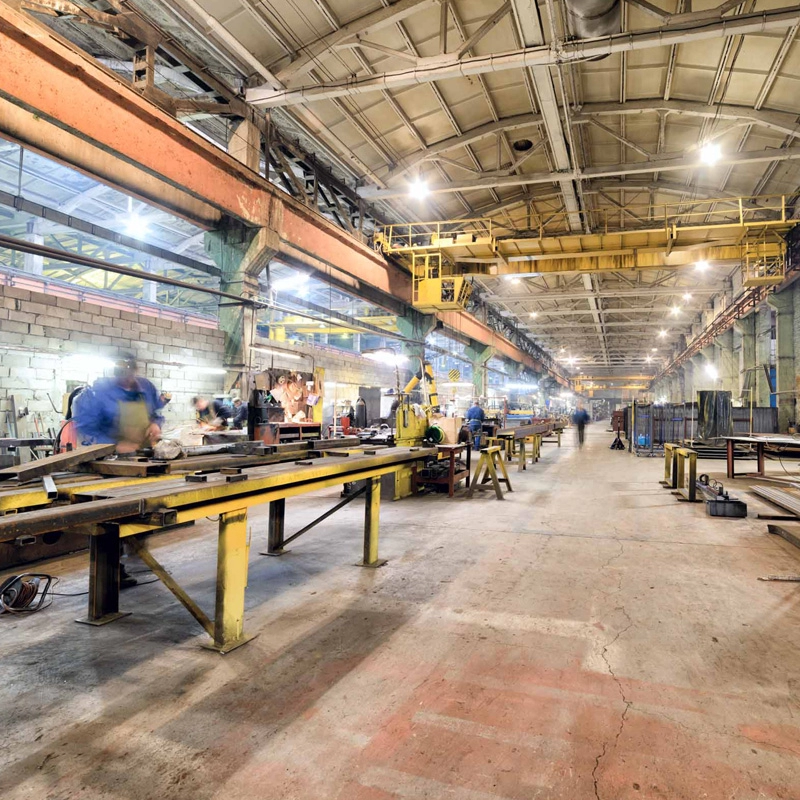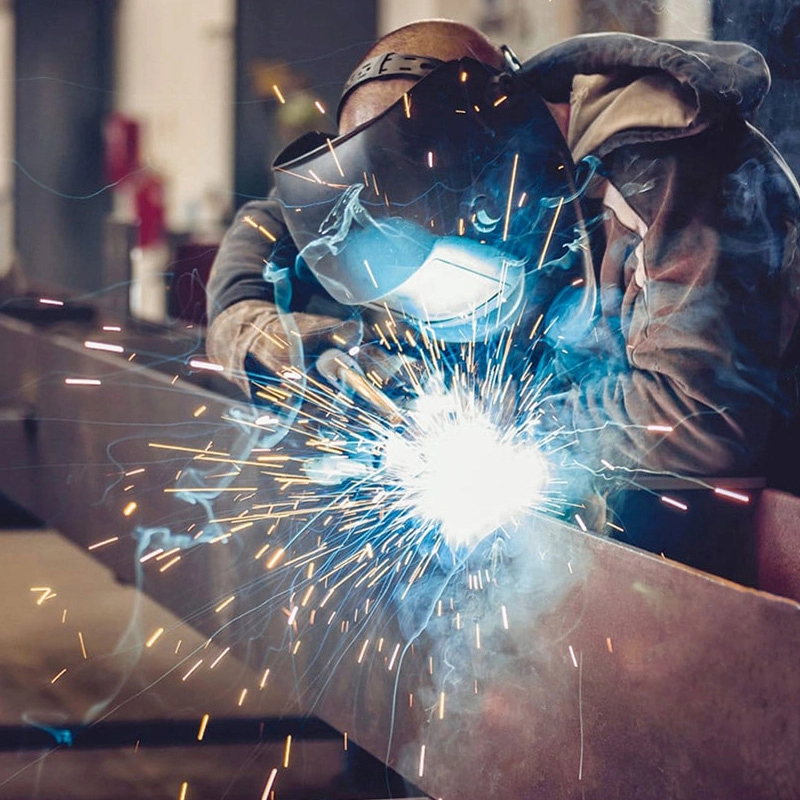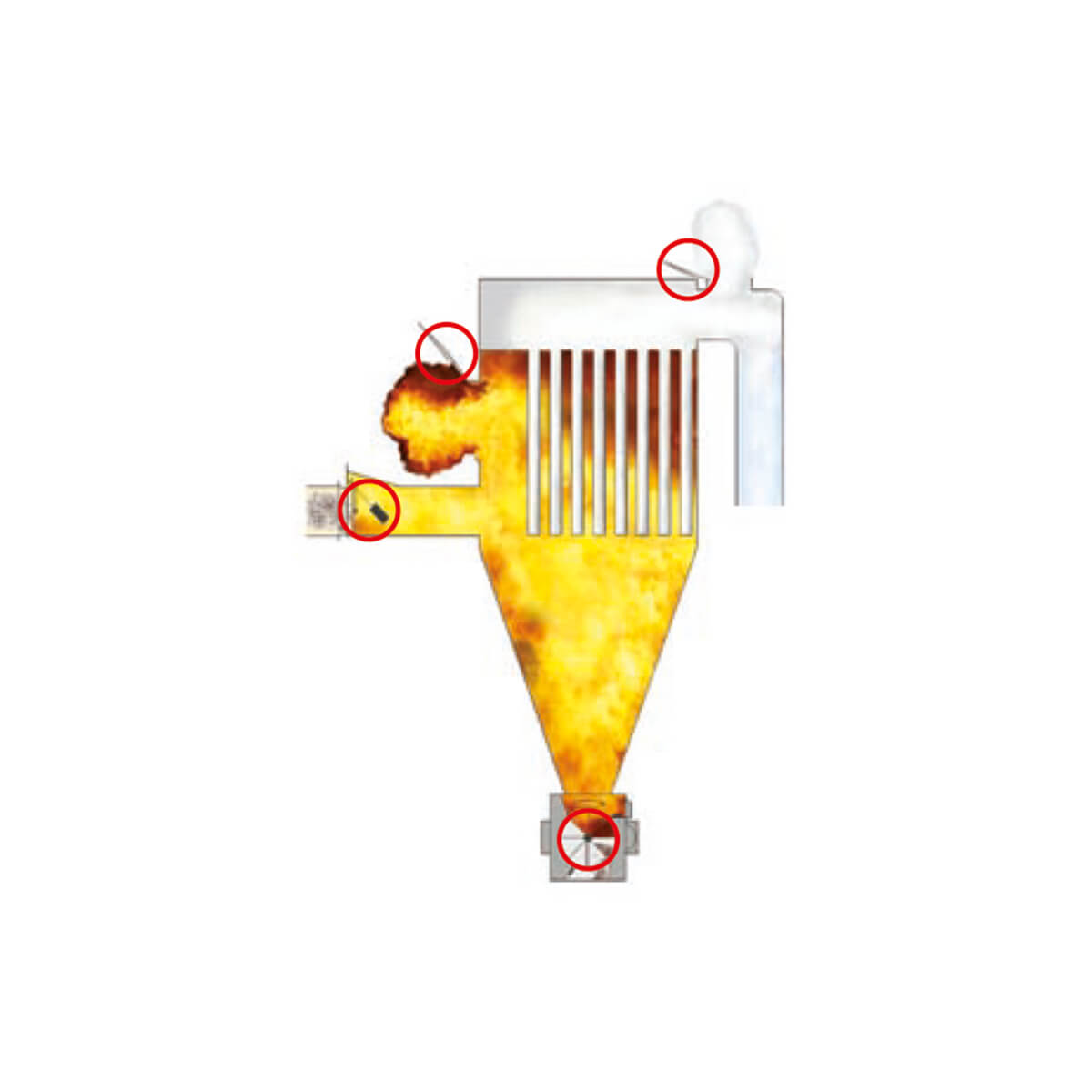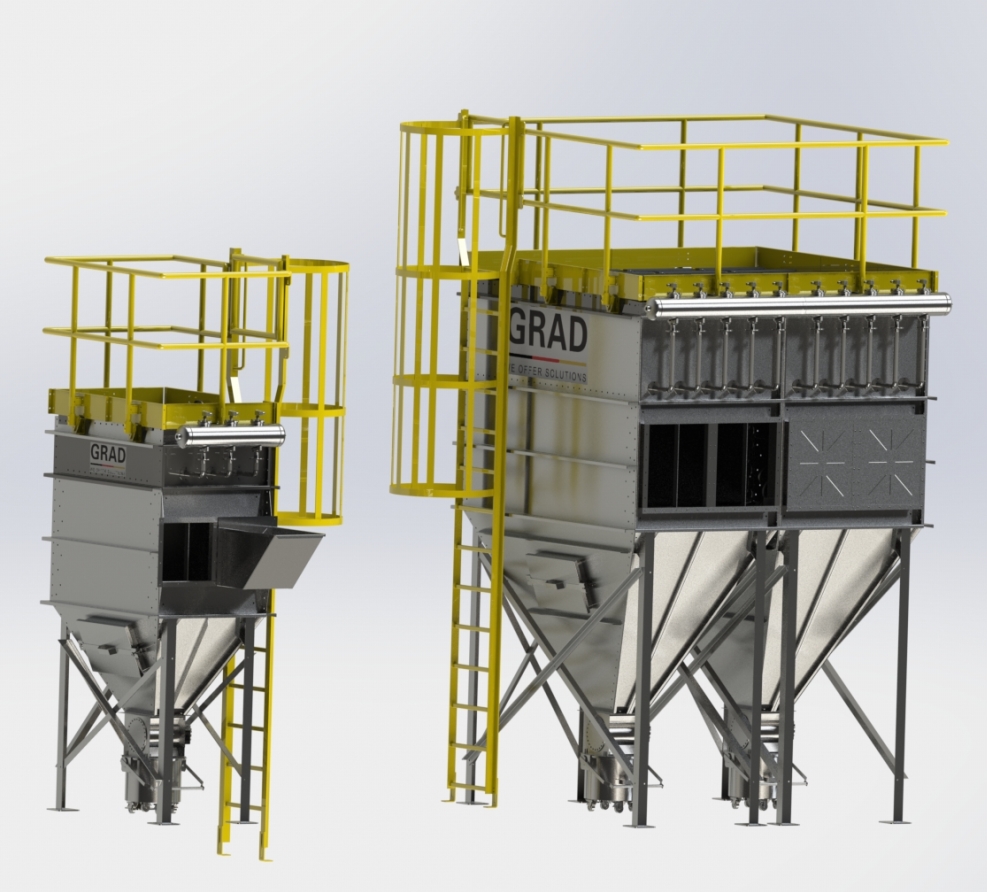- Home
-
Products
- Dust Collecting Units
- Cartridge & Bag Filter
- Baghouse
- Vacuum Unit
- Accessories
- Blower
- Extraction Arm
- Air Lock
- Services
- Industries
- Combustible Dust
- Company
Issues Encountered During Our Interventions...
Dust
Particles generated by this application field accumutate quickiy and must betaken care efficiently.
Toxic
When absorbed by the body the substances released by products processing of that application are harmful.
Explosion Hazard
Dust particulate from some materials, for the most part, is combustible and explosive.
Visibility
Clear bision may be compromised by accumulation of particulate matter.

Processes such as the welding, grinding and thermal cutting of metals can put the health of your employees at risk. Spray painting and powder coating metal surfaces can generate potentially hazardous fumes and gases. In some situations, combustible metals come into play. Here are some things to think about:
In your plant, what materials are hazardous to the health of workers?
Could the gases, dust, molten metals or sparks cause explosions? How do you reduce the risk?
Does process automation increase or decrease risk?

Cutting operations in metalworking release harmful air particles, fumes and gases. For example, zinc, lead, beryllium, cadmium, manganese, nickel and chromium are listed as potential aggressors by the U.S. Occupational Safety and Health Administration (OSHA) and CNESST. Hexavalent chromium dust (chromium VI) is also very harmful, affecting the lungs, stomach, liver and several vital organs. This carcinogen is one of the six hazardous substances listed in the European RoHS Directive (2002).
Welding sparks can also cause explosions or fires if dust collection is not adequate. Is process automation a safer solution? Not necessarily. As the rate of production increases, the volume of particles to be captured – and the risks – also keep pace.

As you know, the metalworking industry must contend with the risks associated with the particulate matter emitted during its processes. Using a dust collection expert to validate the safety of your facility is part of the solution. Such an expert can guide you through the standards you need to meet to reduce the risk of explosions, including those of OSHA, CNESST and the National Fire Protection Association (NFPA). The goal is to capture potentially hazardous substances using the right dust collector and protect the breathing zone of workers.

This industry has its own particularities and its own set of risks. There is no single solution, and a rigorous analysis is required when selecting a dust collector. As a general rule, if your activities generate sparks, you will need good source capture to reduce the risk of explosion. A cartridge collector may also be required to capture welding fine particulates and fumes. Several devices and methods are also effective in preventing fires; for example, a wet collector is recommended if you use aluminum or other explosive metals.
It all comes down to context! The best dust collector should meet your needs and save you money. Our experts can suggest some sustainable options for you that are well thought out to minimize repairs and energy consumption. Here’s an overview of what we can offer you:
Innovative solutions with an excellent service life, such as our system that manages variable volumes.
Built-in spark arrestor solutions upstream of the dust collector.
Equipment certified by the NFPA and National Fire Code to prevent incidents.
Team of engineers and specialists available for outage and preventative maintenance.